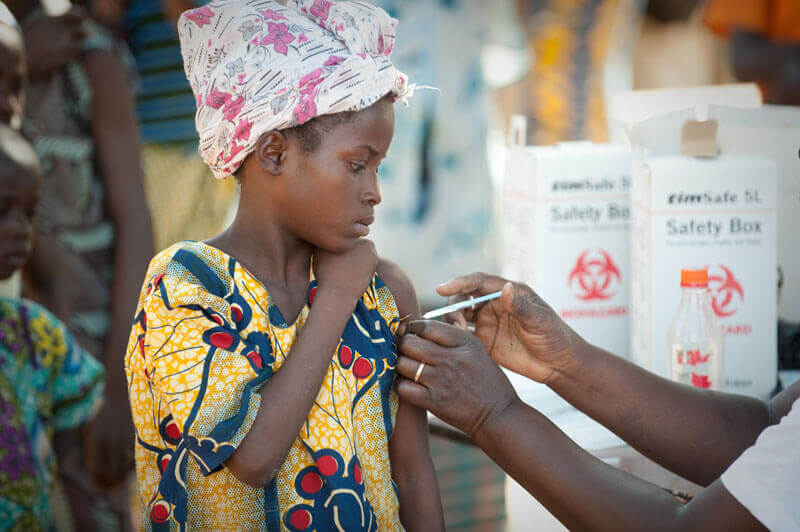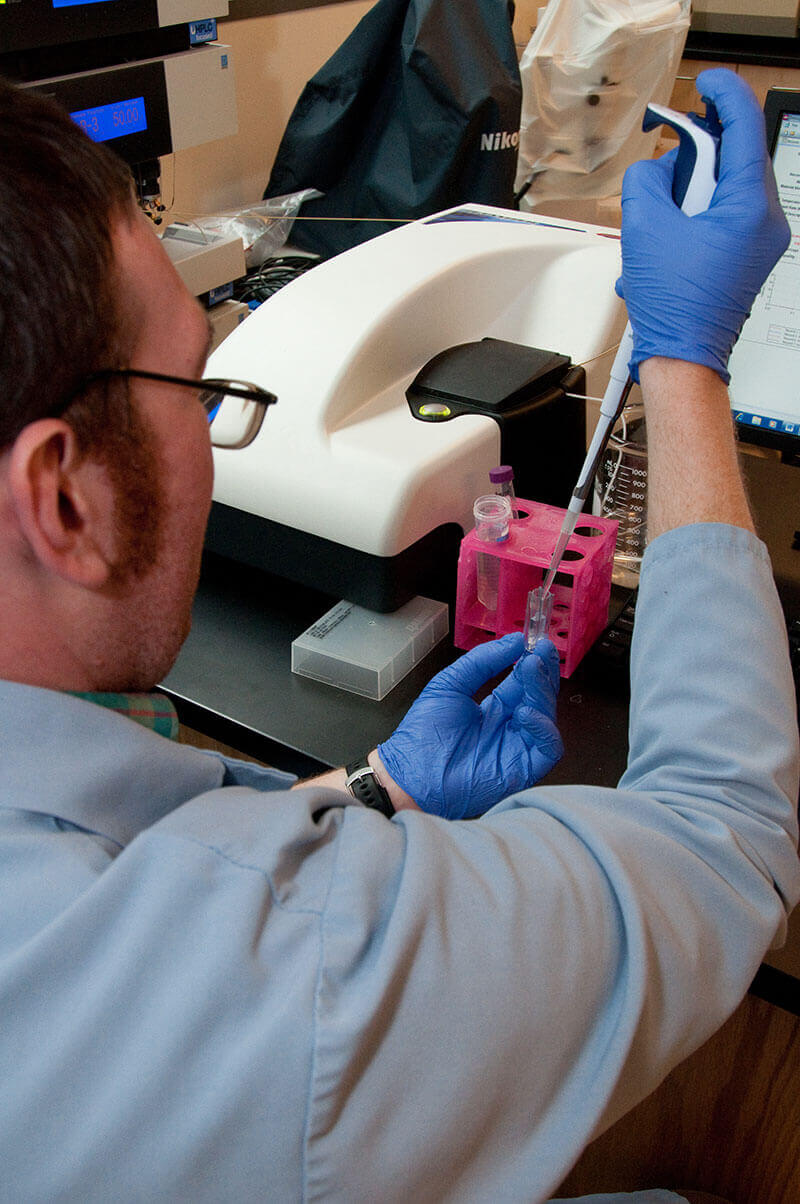Claire WingfieldPATH
Claire Wingfield is a Product Development Policy Officer within the Advocacy and Public Policy Department at PATH, a global nonprofit dedicated to ending health inequity.
In this guest post, Claire Wingfield—product development policy officer at PATH—writes about a new paper exploring why research and development (R&D) of high-priority health tools for diseases and conditions affecting low- and middle-income countries (LMICs) should be a critical component of the post-2015 development agenda.

A dearth of adequate health technologies and interventions targeting poverty-related diseases—like HIV and AIDS, malaria, tuberculosis, and neglected tropical diseases—means that millions of people in LMICs continue to die each year from preventable and treatable diseases and conditions. Progress on developing new interventions targeting the health priorities of LMICs has faltered because these diseases occur almost exclusively among the world’s poorest and most marginalized populations. Thus, there is little or no perceived commercial market encouraging companies to develop products targeting LMICs. Because the health burden imposed by poverty and social vulnerability remains far too high, achieving health for all is one major goal of the post-2015 development agenda.
In a new paper—developed by the Council on Health Research for Development, the Global Health Technologies Coalition, the International AIDS Vaccine Initiative, and PATH—the authors make the case for the inclusion of research and innovation for health as a central component of the post-2015 development agenda. The paper describes the impact that increased investments in R&D and innovation for health—particularly for the world’s poorest—have had in contributing to progress toward achieving the Millennium Development Goals (MDGs)—particularly for MDGs 4 (reduce child mortality), 5 (improve maternal health), and 6 (combat HIV and AIDS, malaria, and other diseases).
These investments have helped to create an enabling environment for research in and for the benefit of LMICs by increasing demand for new health technologies, expanding coverage of proven interventions, and strengthening the innovation infrastructure in these countries. Building on the work of The Lancet Commission on Investing in Health—a group of renowned economists and global health experts—the paper discusses the need for increased R&D investments by all countries to achieve the dramatic health gains envisioned in the post-2015 agenda.

Adequate levels of investment, as suggested by The Lancet Commission, are critical for spurring the development of new health tools, provided they align with financing needs in R&D—notably predictability and flexibility. But even that sort of investment alone does not guarantee more products, and it does not drive innovation toward the right type of products—those that are suitable, acceptable, affordable, and accessible to populations most in need. It is essential, therefore, that indicators for R&D for health tools that primarily affect LMICs address a comprehensive set of outcomes including financing needs, infrastructure and human resources needs, enabling policies, necessary partnerships, capacity strengthening, and access requirements.
Because poor health and disability contribute substantially to poverty, research and innovation for health is linked to improving economic prosperity and is critical to eradicating poverty. Therefore, it must be continuously prioritized within the post-2015 development agenda. Ultimately, the success or failure of the post-2015 agenda relies just as much on how the goals and targets are implemented as it does on how progress will be measured. Thus any research and innovation indicators measuring progress against the goals and targets outlined in the post-2015 agenda must also increase accountability of researchers, governments, and funders, and inform research processes. Inclusion of research and innovation for health must facilitate an enabling environment for research and innovation in LMICs and encourage endemic countries to set and pursue a domestically-driven health research agenda.
The post-2015 development agenda is an opportunity for LMICs to set their own health agendas and research priorities and to assert their leadership in strengthening the R&D landscape focused on the needs of the poorest and most marginalized populations. Therefore, it is essential that there is broad agreement among all of the relevant stakeholders that research and innovation for health—which includes the scaling up of proven health interventions as well as the development of new and improved high-priority health technologies—is critical to meeting the ambitious goals of eradicating poverty and ensuring sustainable development for all within a generation.
In support of the inclusion of research and innovation for health in the post-2015 agenda, over 150 organizations and individuals recently signed a petition to United Nations (UN) Secretary General Ban Ki-moon and Member States urging the UN to keep the research, development, and delivery of new and improved health tools for diseases and conditions impacting LMICs at the heart of the post-2015 development agenda. It is our hope that the Members States and other UN officials shaping the agenda will head this call.